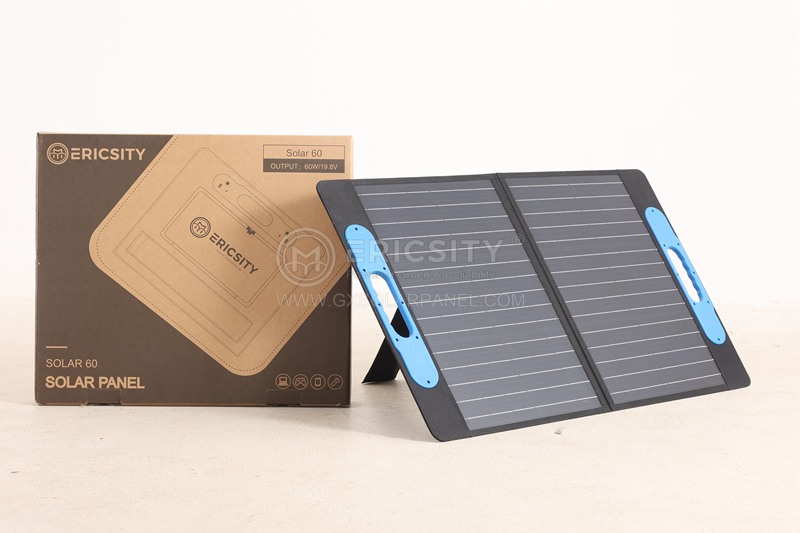HOT PRODUCT
Product Details
Mono Flexible Vs. Polycrystalline Panels: A Comparative Analysis
Mono Flexible Vs. Polycrystalline Panels: A Comparative Analysis
Solar panels have become increasingly popular as a renewable energy source, providing efficient and clean power to homes and businesses around the world. With advances in technology, the market now offers a variety of solar panel options, each with its own unique characteristics and benefits. Two popular types of solar panels are mono flexible and polycrystalline panels. In this article, we will conduct a comparative analysis to help you understand the differences between the two and make an informed decision.
Composition and Appearance
Mono flexible panels are made of monocrystalline silicon wafers that are extremely efficient in converting sunlight into electricity. These wafers are thinner and more flexible than traditional rigid panels, allowing for greater versatility in installation. On the other hand, polycrystalline panels consist of multiple silicon fragments melted together, resulting in a more irregular appearance with a blueish tint.

Efficiency
In terms of efficiency, mono flexible panels hold an edge over their polycrystalline counterparts. Monocrystalline silicon has a higher purity level and better electron mobility, allowing mono flexible panels to generate more electricity in limited space. Mono flexible panels typically have conversion rates ranging from 15% to 22%. Polycrystalline panels, though slightly less efficient, still offer respectable conversion rates of 12% to 16%.
Space and Flexibility
The flexibility and thinness of mono flexible panels play a significant role in terms of installation options. These panels are often used in applications where space is a constraint or irregular shapes are involved, such as on curved surfaces or rooftops with complex designs. On the other hand, polycrystalline panels are rigid and bulky, requiring more space for installation. They are best suited for areas with ample space like open fields.
Durability and Lifespan
Both mono flexible and polycrystalline panels are designed to withstand various weather conditions, including rain, snow, and hail. However, mono flexible panels may have an advantage in durability due to their construction. The absence of multiple silicon fragments makes them less prone to microcracks, which can lead to reduced efficiency over time. On average, both panel types can last for more than 25 years with proper maintenance and care.

Cost
When it comes to cost, polycrystalline panels are generally more affordable than mono flexible panels. The manufacturing process for polycrystalline panels is less intricate, resulting in lower production costs. However, the superior efficiency and durability of mono flexible panels can offset their higher initial purchase price in the long run, as they generate more electricity and require less maintenance.
Conclusion
Choosing between mono flexible and polycrystalline panels depends on various factors such as space availability, installation requirements, and budget. If you have limited space or need flexibility in installation, mono flexible panels are an excellent choice. Their higher efficiency and durability also make them a worthy investment in the long term. However, if you have ample space and are more budget-conscious, polycrystalline panels can still provide reliable solar power. Ultimately, it is crucial to assess your specific needs and consult with a professional to determine the best fit for your solar energy system.




